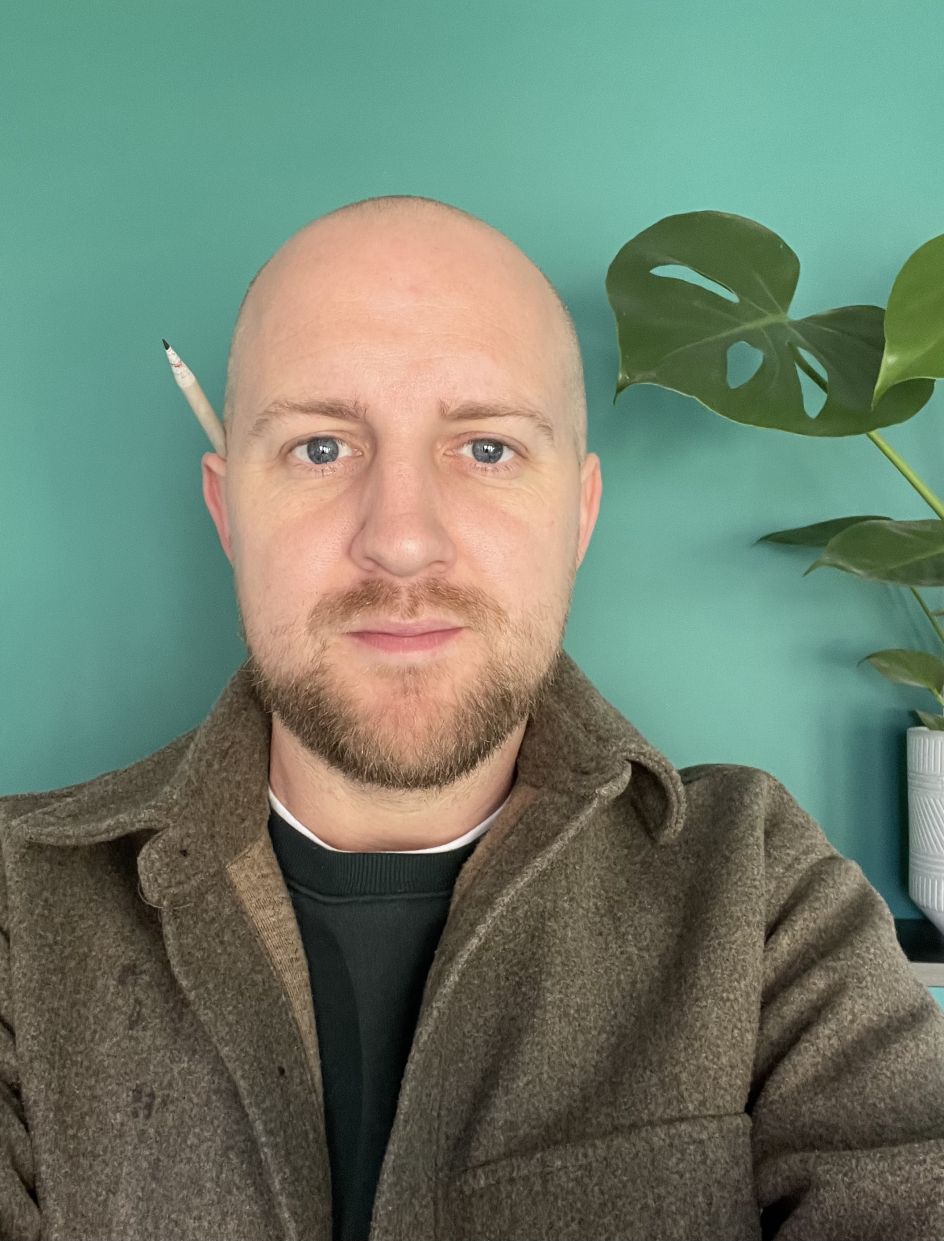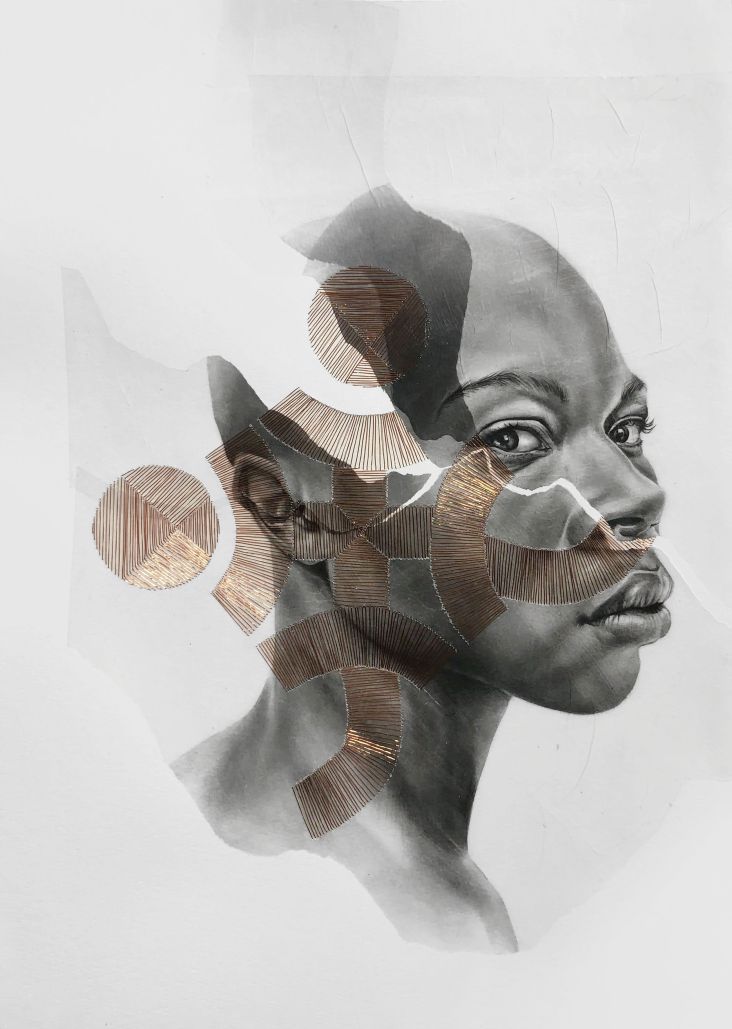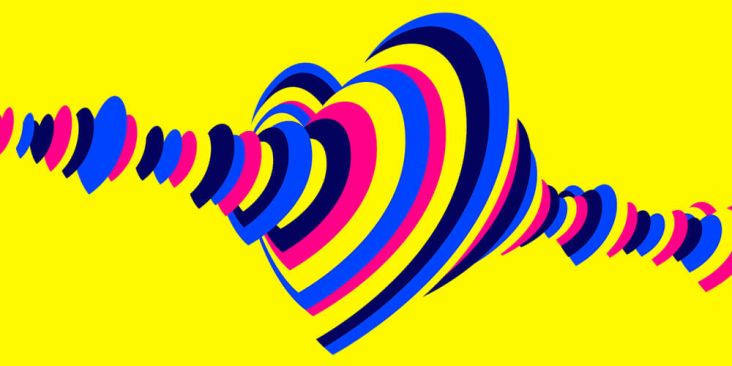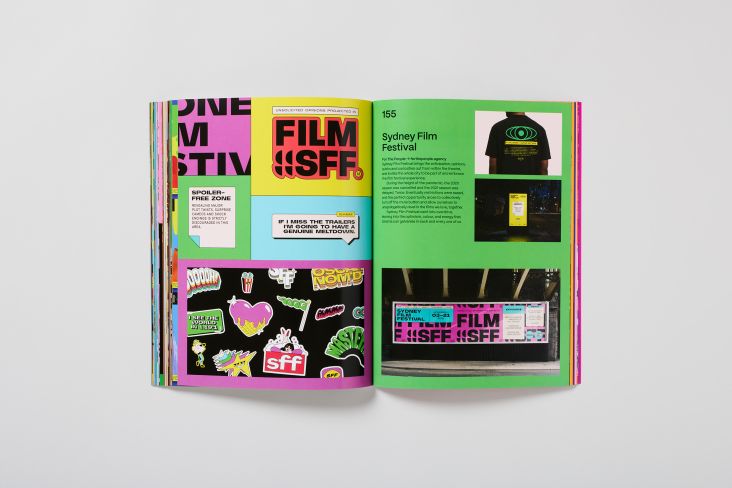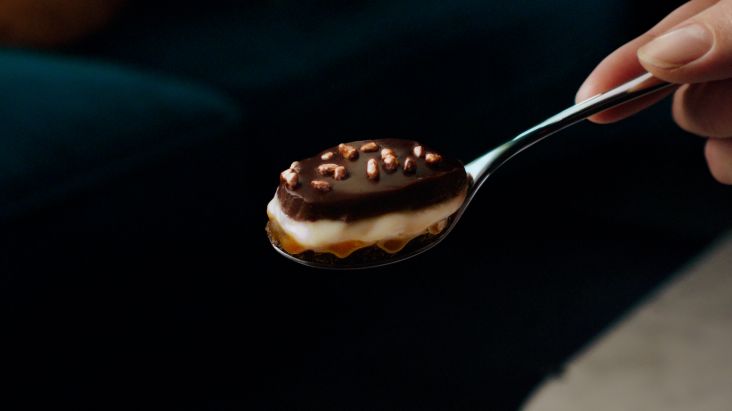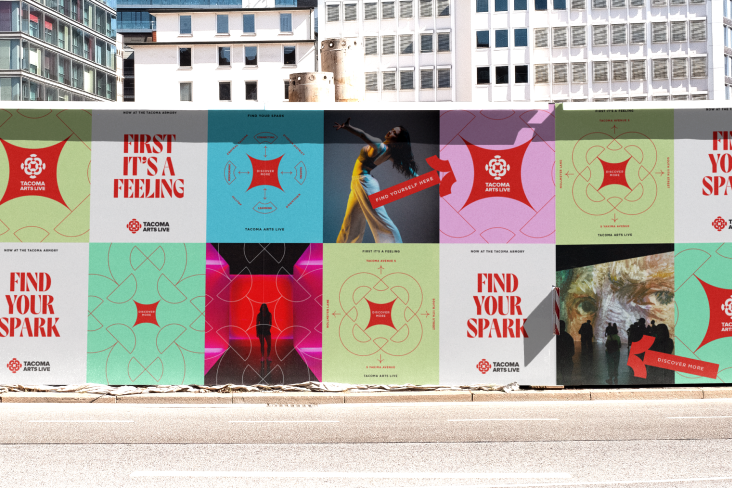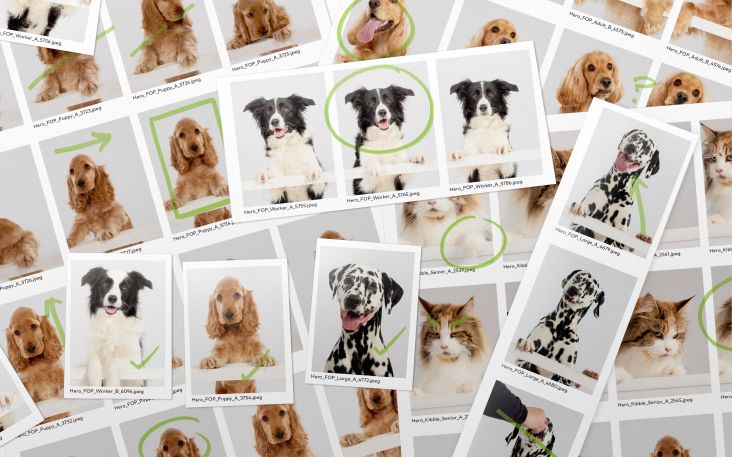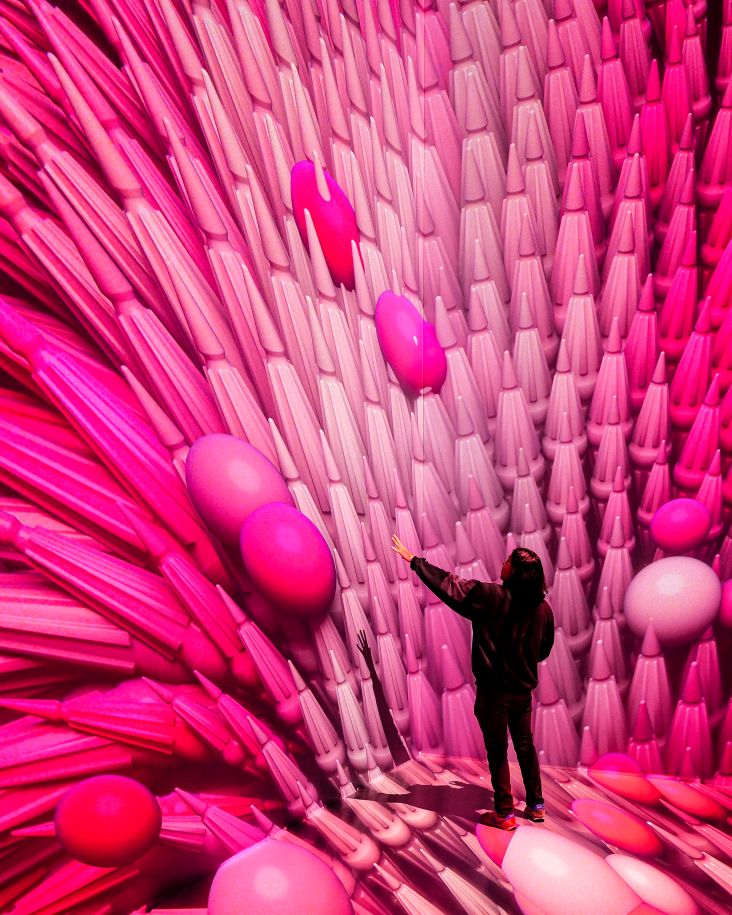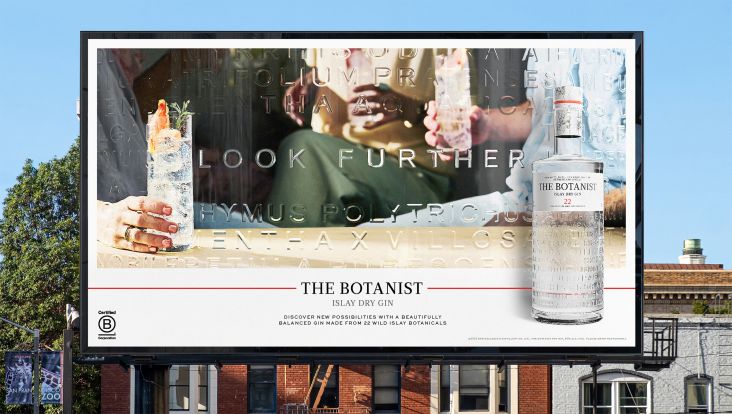Chris Madden on becoming a graphic illustrator, the joys of editorial work, and how to enter the industry
Manchester-based creative Chris Madden has been shaking up his working style lately. With over a decade of experience in the illustration industry under his belt, recent years have seen him take more of a design-led approach to his craft. We caught up with him to learn what it means to be a graphic illustrator and how he developed this new style.
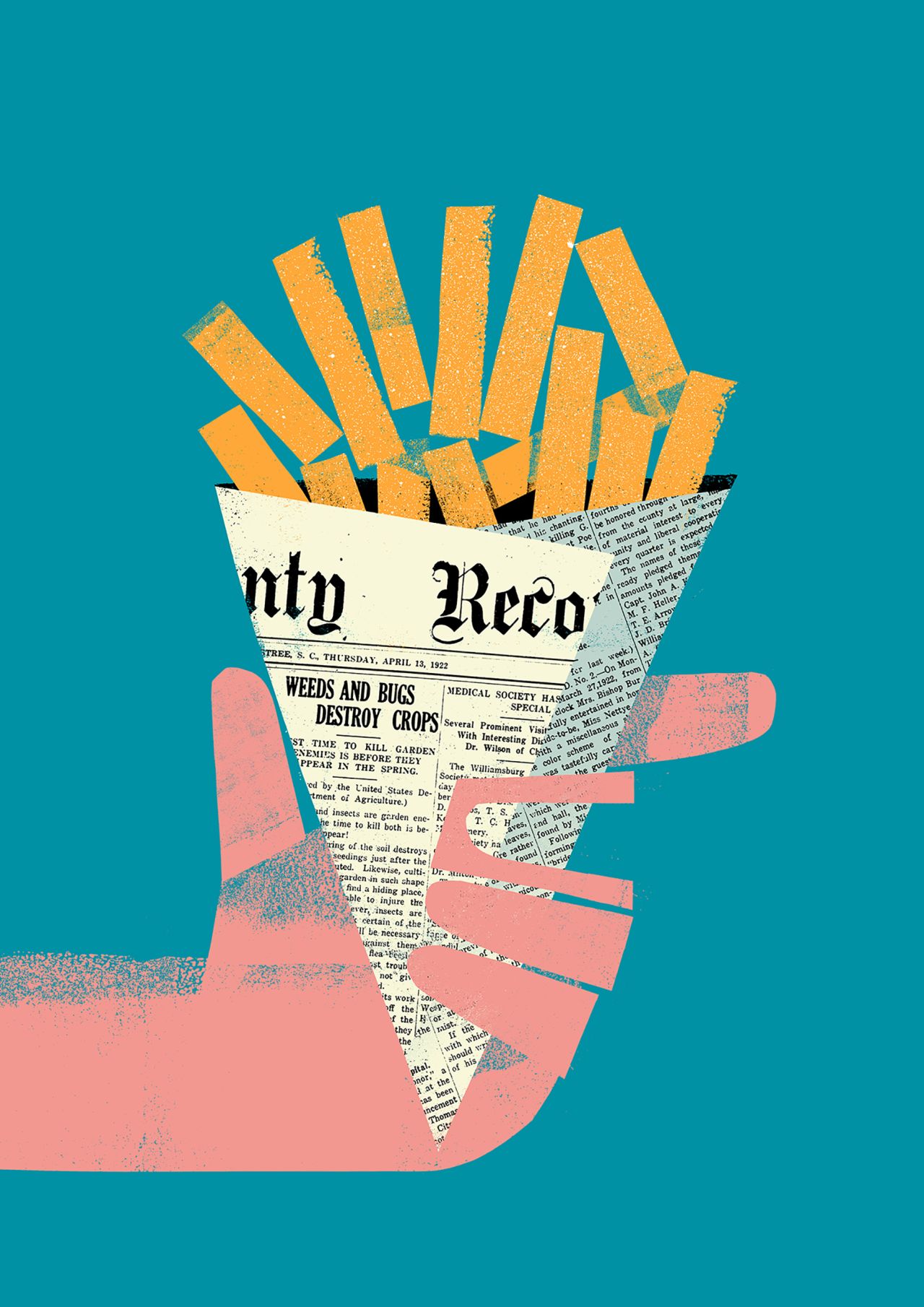
Turning ambition into reality isn't new for Chris. Ever since he was young, he knew he wanted to be an artist, but like many budding artists, the practicalities of achieving this dream sometimes felt out of reach. His early twenties were spent working retail jobs behind bars while making flyers and merch for his friend's band and DJ gigs in his spare time. However, these projects lacked the direction Chris was looking for, so he decided to take things more seriously.
"A friend of mine was enrolled in a photography course at Stockport College and told me about their illustration degree program," Chris tells Creative Boom. "I figured I'd give it a shot or end up behind a bar for the rest of my life. I graduated in 2010 with a first-class honours degree and have worked as a commercial illustrator ever since."

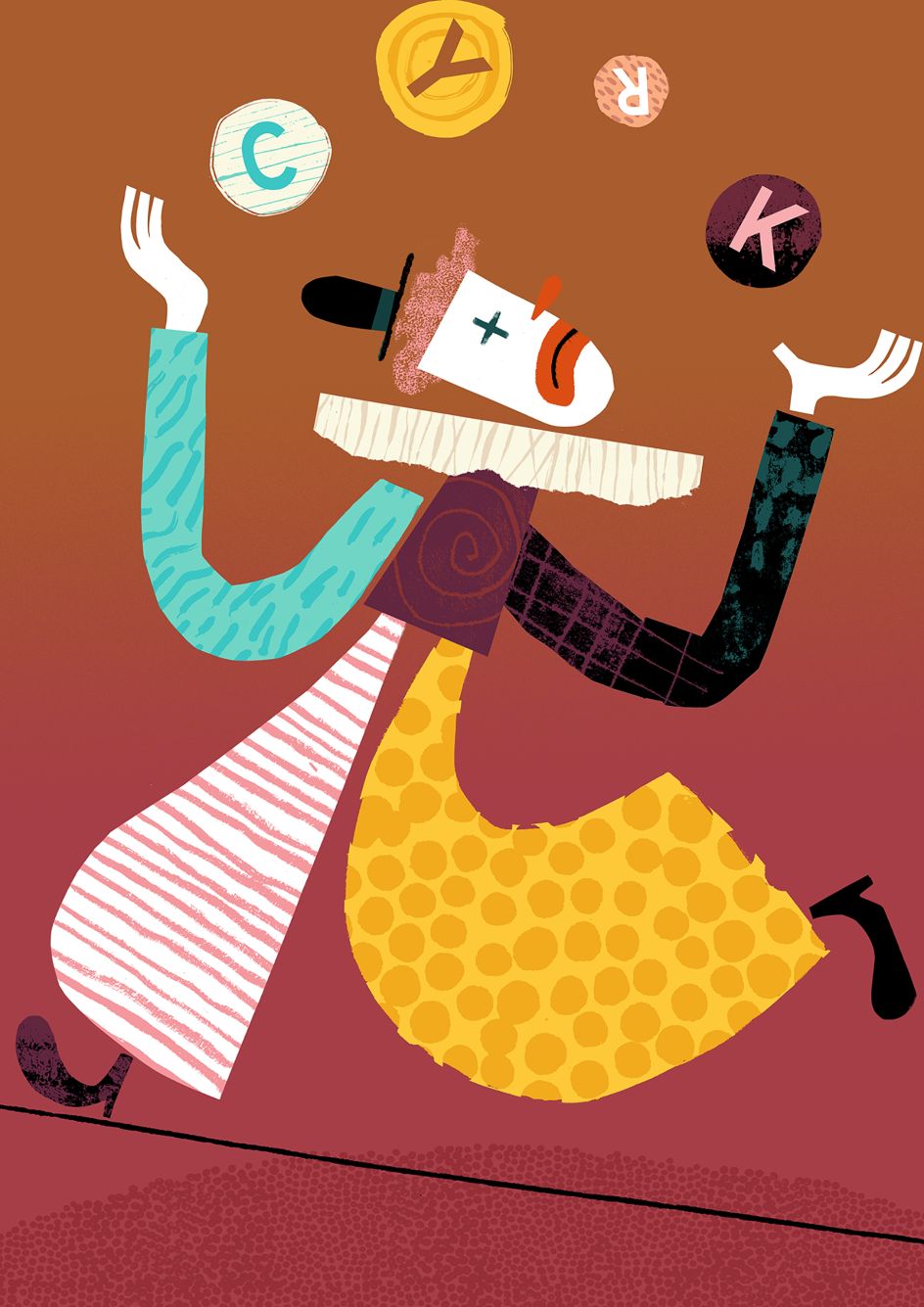
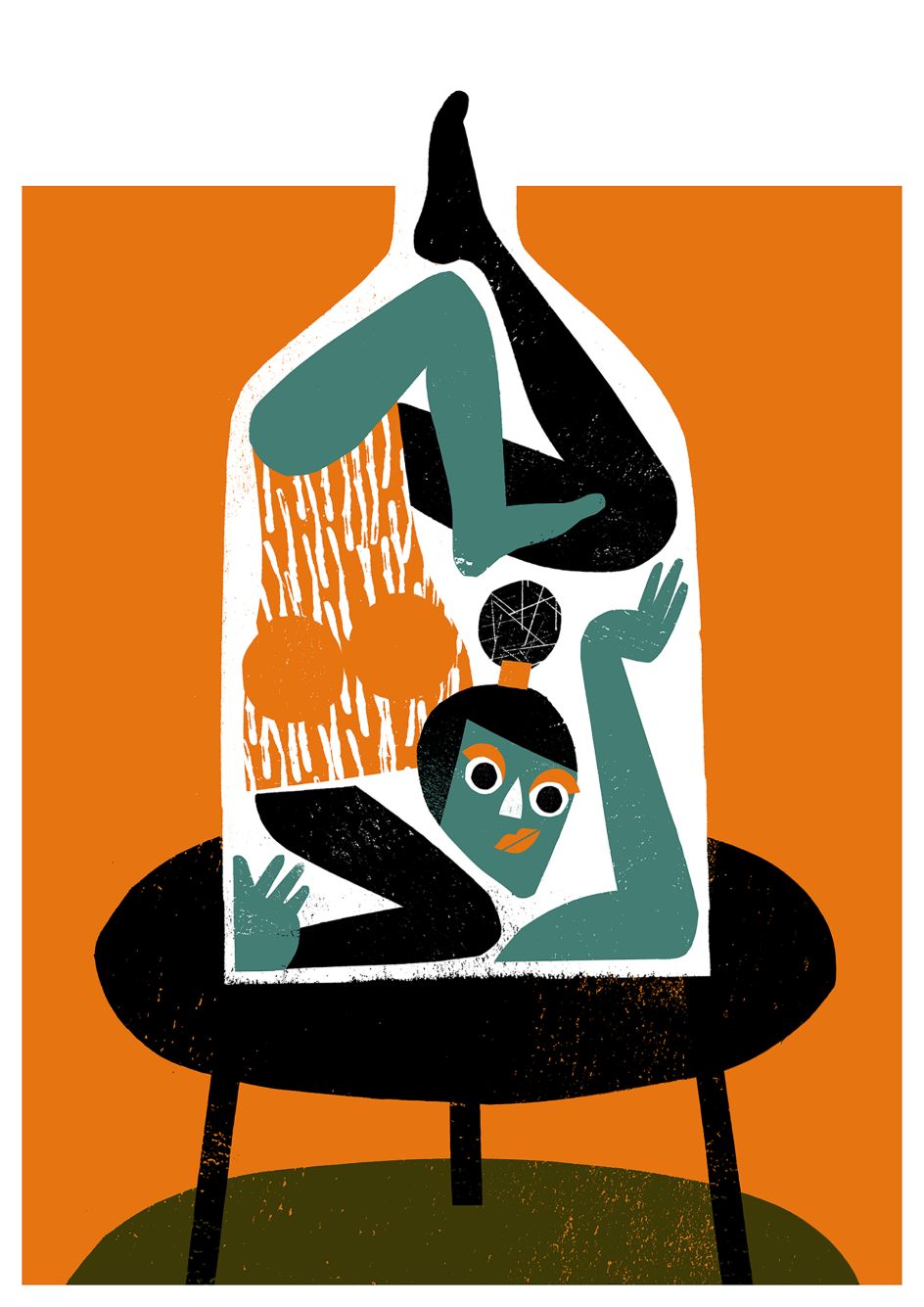
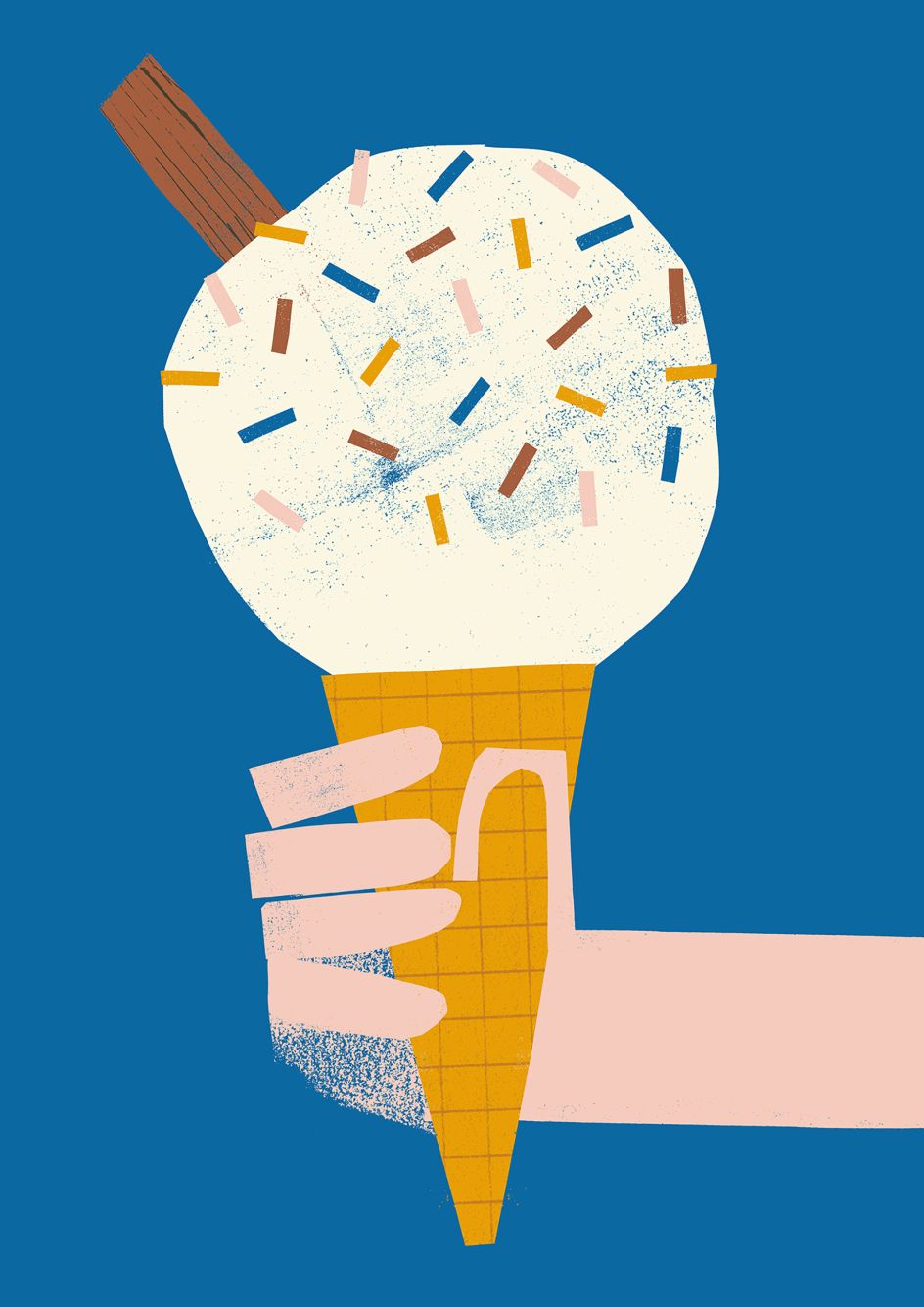
The rest, as they say, is history. Chris has spent the last 12 years applying his skills to the problem-solving and deadline-intensive task of editorial illustration while working on books and releasing his own prints. It's no mystery why he's so in demand, as his mid-century Polish poster-inspired art stands apart from his contemporaries.
But just like his biggest inspiration and obsession, Charley Harper, Chris's illustrations have recently focused on shape, texture and colour. Combined with an aesthetic from traditional printmaking techniques, he's settled into a new role as a graphic illustrator. We caught up with Chris to learn more about what this entails and his current career.
You've been an editorial illustrator for 12 years; what made you want to follow this route?
I honestly can't pinpoint how it happened. I think my tutors at university were very honest about the realities of the illustration industry; not everyone was going to land book deals and huge advertising campaigns straight out of college, so they steered us toward editorial – the more accessible area of illustration.
However it came to be, I really enjoyed the tight turnarounds of editorial deadlines and focusing more on the importance of the idea of an image rather than the visual style suited my process much more. I still love editorial work because you learn about a wide variety of subjects and make images you would never choose to make as a personal project.
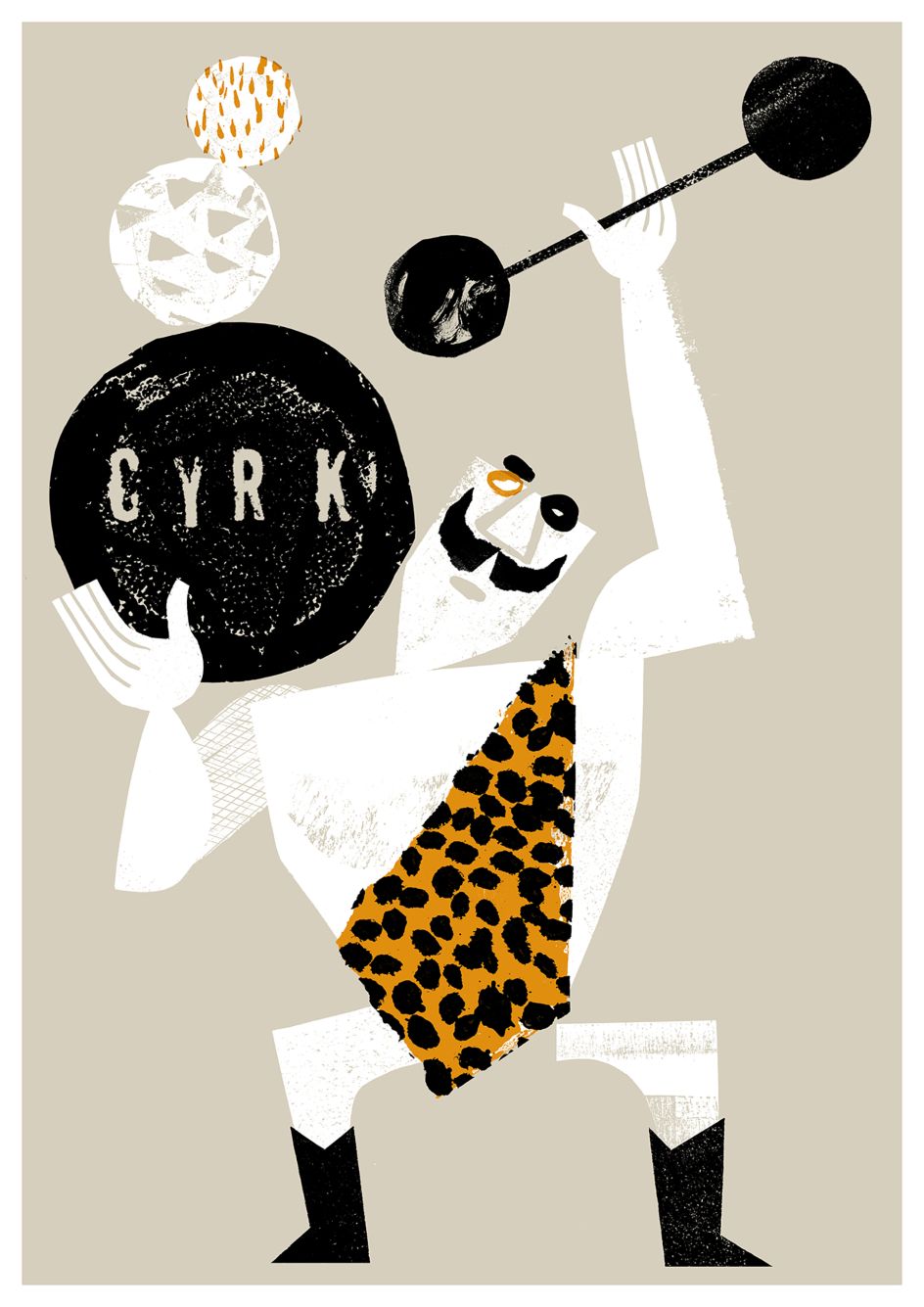
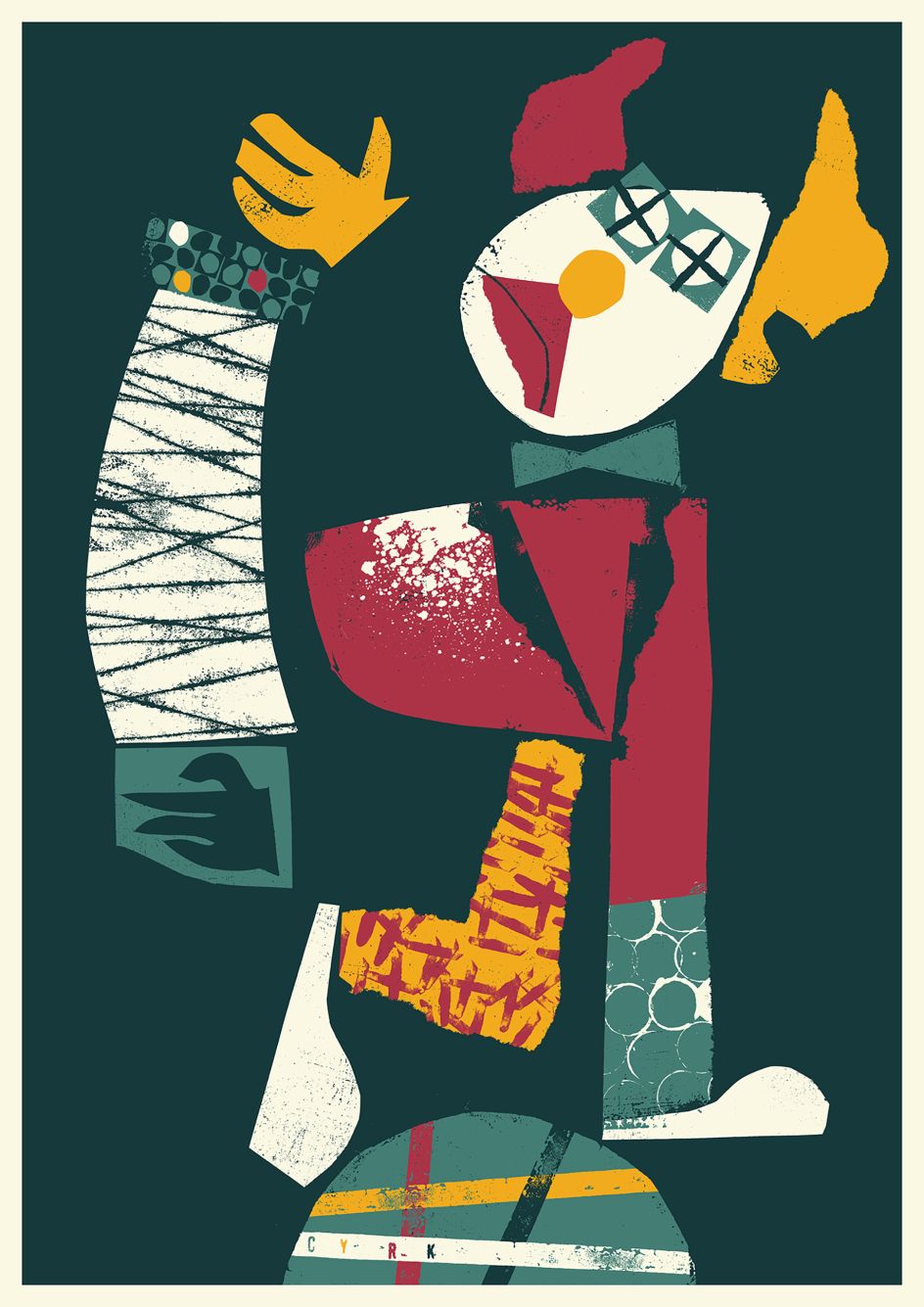
What's your creative process when interpreting an editorial illustration brief?
There's nothing too flashy about my process; I read the brief, highlight relevant parts and jot down notes in the margin about any initial thoughts that jump out. Sometimes, those initial ideas spur on the image's possible direction, so I scribbled down quick thumbnails in my sketchbook.
If I'm struggling to come up with anything, I tend to do a bit more research, sometimes, I do more reading on the subject to try to find other routes to take, but mostly my research is visual. I search for relevant keywords in Google images or on stock photography sites… this usually helps me connect the dots and combine one or two of the ideas floating around into a more conceptual image.
If I struggle with ideas, I take a break, walk, run or swim. Play Video games. Sort out the washing – anything that lets my mind wander, and eventually, a spark will happen.
How has the editorial illustration landscape changed since you've worked there?
There are so many more styles of illustration being commissioned these days than a decade ago, and a lot more diversity in those creating the work, which is wonderful to see. Also, illustration seems to be utilised a lot more across all areas of the creative industry, allowing for more avenues for opportunity. It would be nice to see this desire for more illustration reflected in clients' budgets; everything else in this country costs more, but illustration rates are largely the same as when I started.
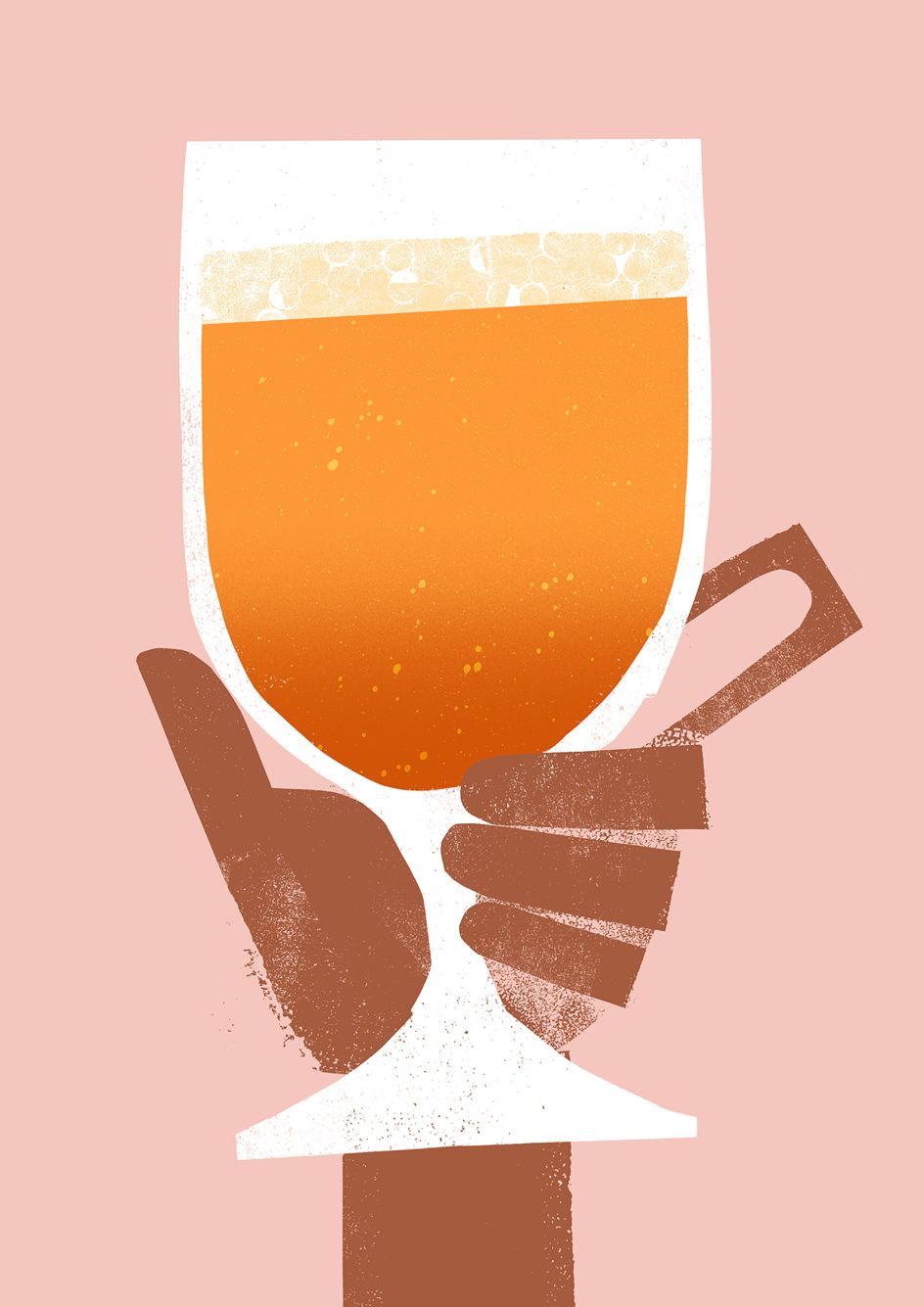
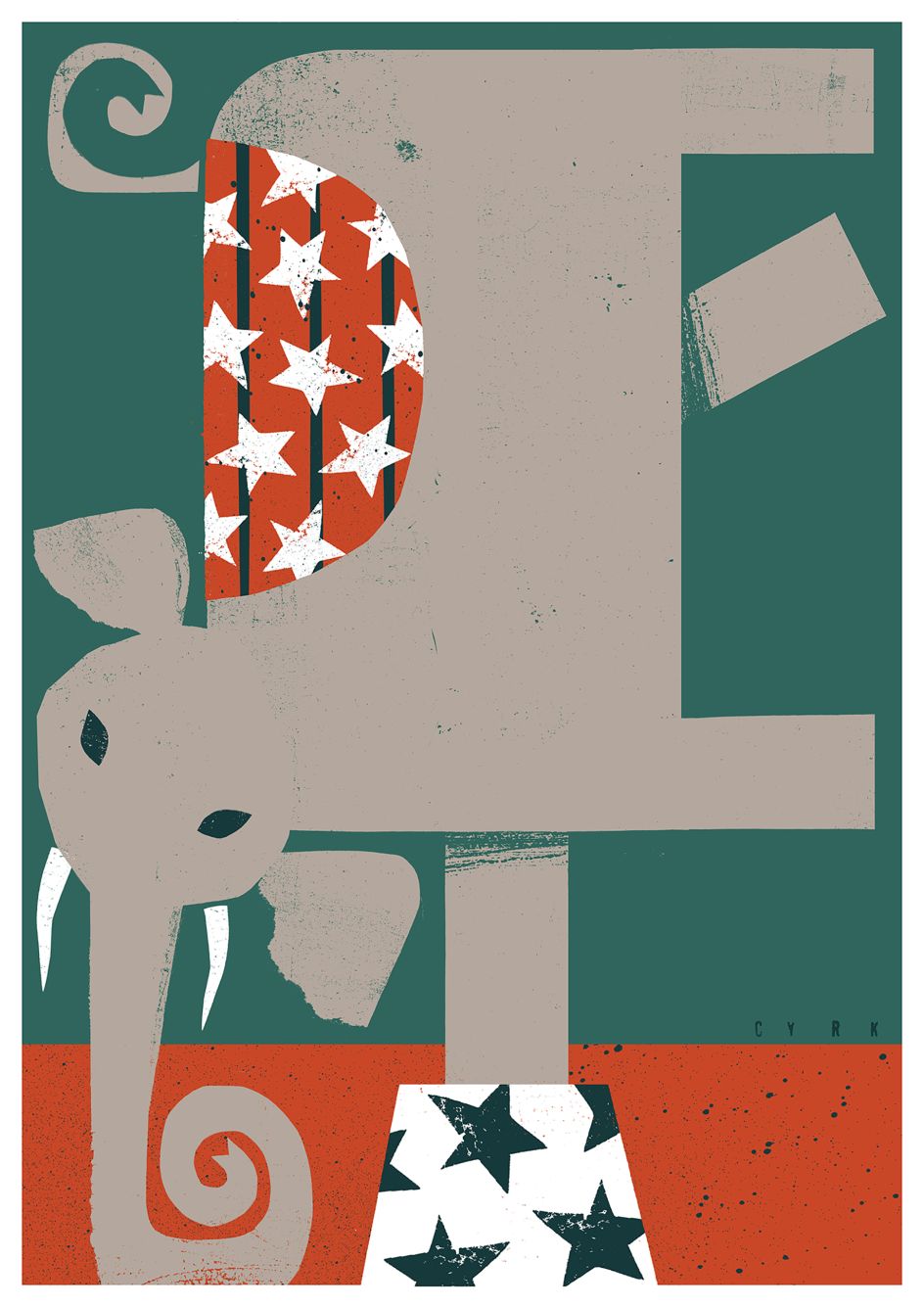
How has your style changed in recent years?
I think my approach to image-making has changed, and because of this, the result comes out differently. Early in my career, I had much more time to work on a single brief; even if the deadline was tight, I could focus all my attention on that one job. Nowadays, my life looks a lot different; I have three small children at home who require a lot of my time, so I'm constantly juggling work and home life.
I have also learned to trust my instincts and experience; I know I can make something look nice, so I allow myself to work a lot quicker and more efficiently without worrying about how it might turn out.
You describe yourself as a 'graphic illustrator'. What does this involve?
I think I use this term to describe my work because, more recently, the work I enjoy making the most has consisted of strong shapes and bolder colours; it feels different to my earlier editorial work. I am currently enrolled at Shillington, learning the fundamentals of graphic design and retraining as a designer. Perhaps 'graphic illustrator' is a stepping stone between the two roles.
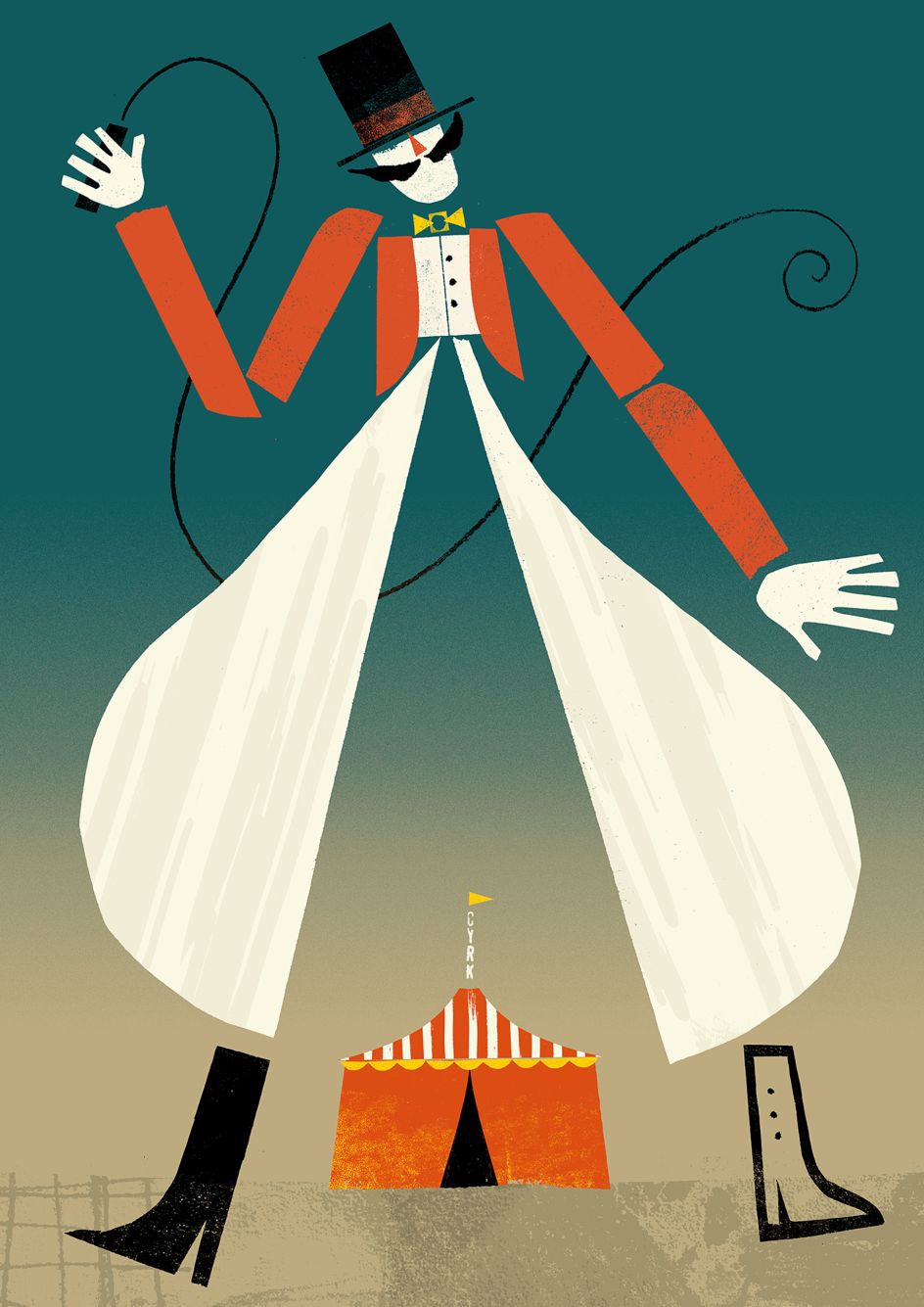
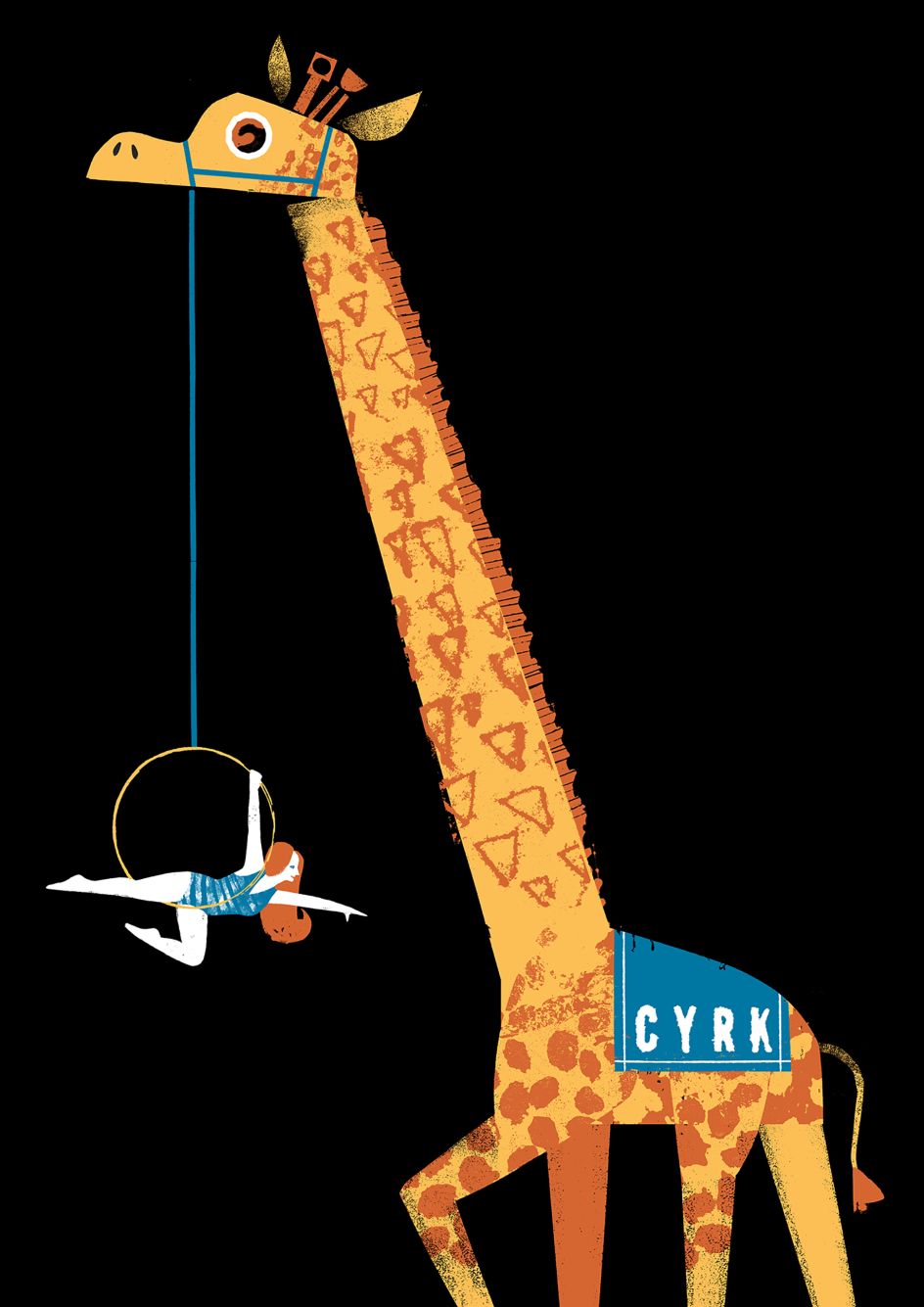
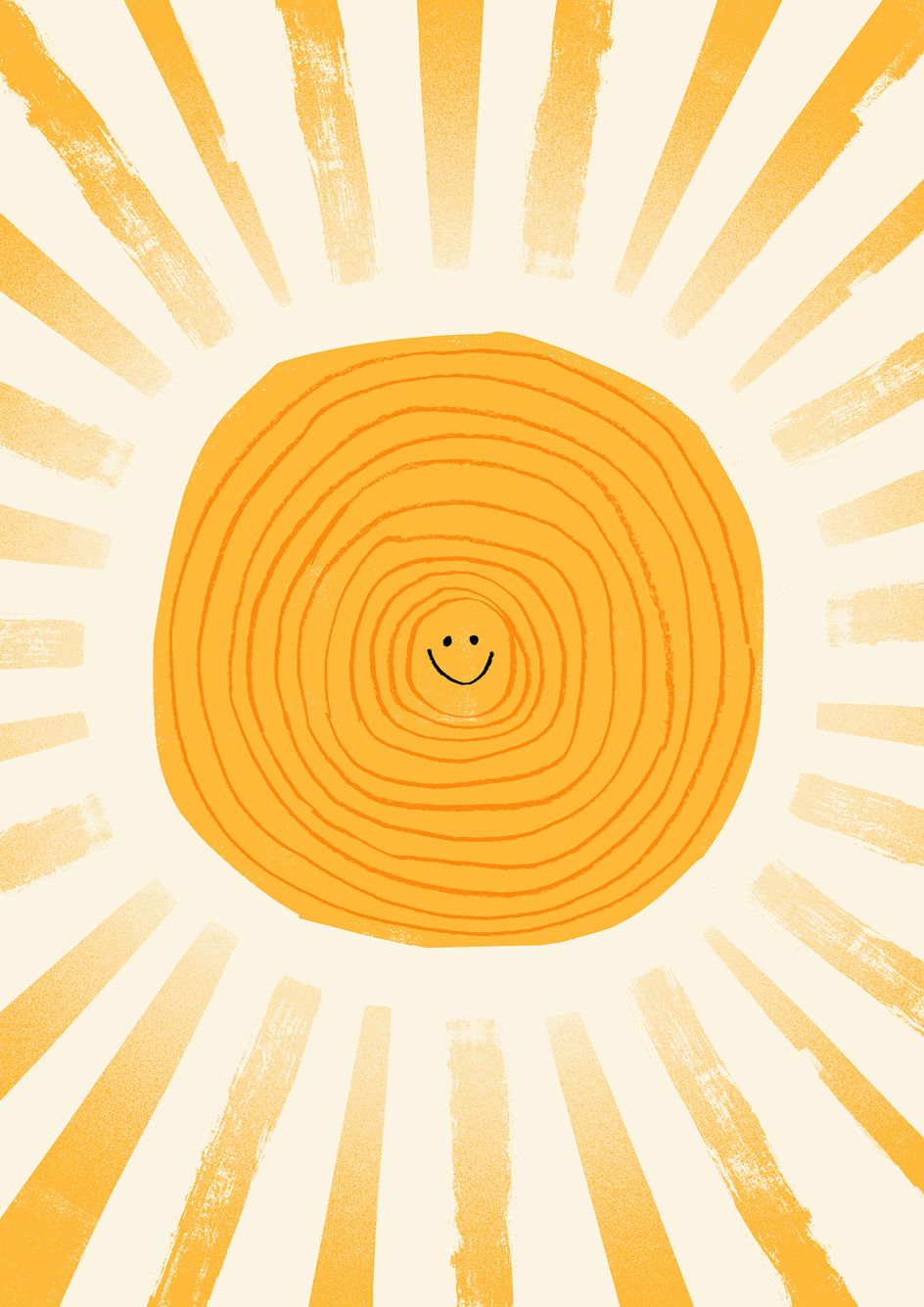
Animals are one of your favourite things to draw. What about them appeals to you, and which is your favourite to draw?
I have always been obsessed with animals, and it seemed a way to combine my love of illustration with the animal world. I have never gotten a grip on human anatomy, but it seems to make more sense with animals. My favourite animal to illustrate is a bird. I would love to make a bird book one day.
What advice would you give to budding editorial illustrators?
I think it's the same as any other creative job; put together a strong portfolio of the work you want to make, and get it under the noses of people who commission that kind of work. You have to be prepared to put yourself out there; it is not the most forgiving area of illustration, but it can be so rewarding. Twelve years on, I still get excited to see my name in print.
What are you hoping to achieve in 2023?
I'll finish my design course at Shillington, and then I hope to put the freelance life on the back burner for a while and work as a designer and illustrator at an agency or studio. Until then, I'll keep focusing on illustration and keeping happy.
